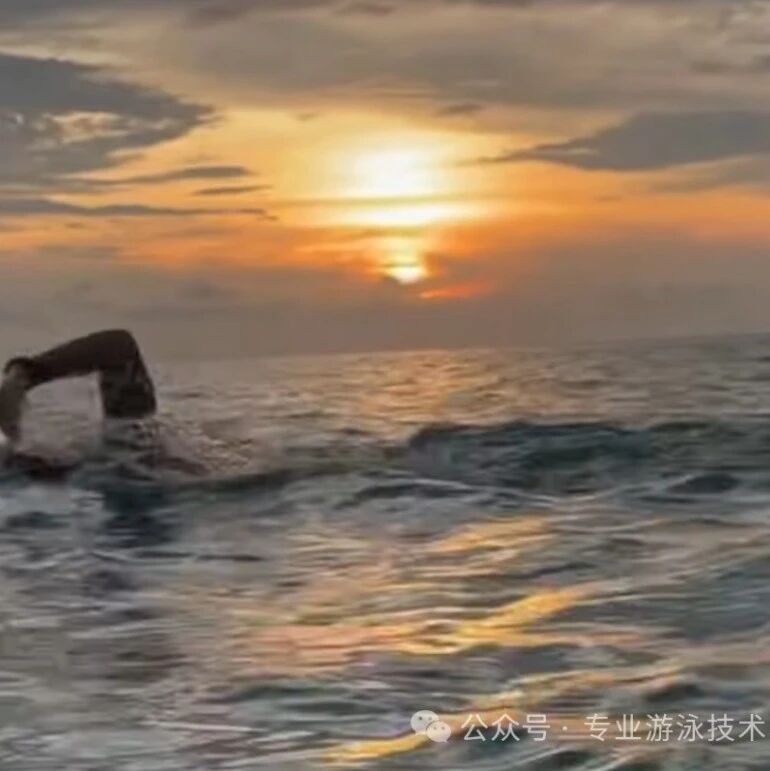Learn the frog kick and glute bridge technique—this is how you can speed up your breaststroke.
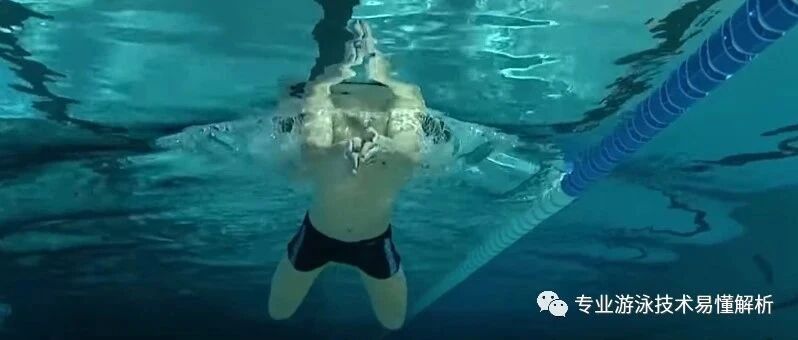
Breaststroke is the slowest of the common swimming styles, yet the leg kick—specifically the frog kick—is actually the most powerful propulsion technique among them. Improving breaststroke involves two key areas: first, refining the leg-recovery phase to minimize the significant forward drag created during the inward and outward movement of the legs; and second, optimizing the overall body position to seamlessly blend streamlined gliding with undulating, wave-like propulsion, resulting in a smoother and more efficient power output.
The greatest forward propulsion in breaststroke occurs during the kick and glide phase, but this also results in the highest frontal water resistance. That’s precisely when it becomes crucial to minimize the frontal surface area exposed to the water—and to angle the body slightly as it enters the water. This is exactly the principle behind techniques for increasing breaststroke speed.
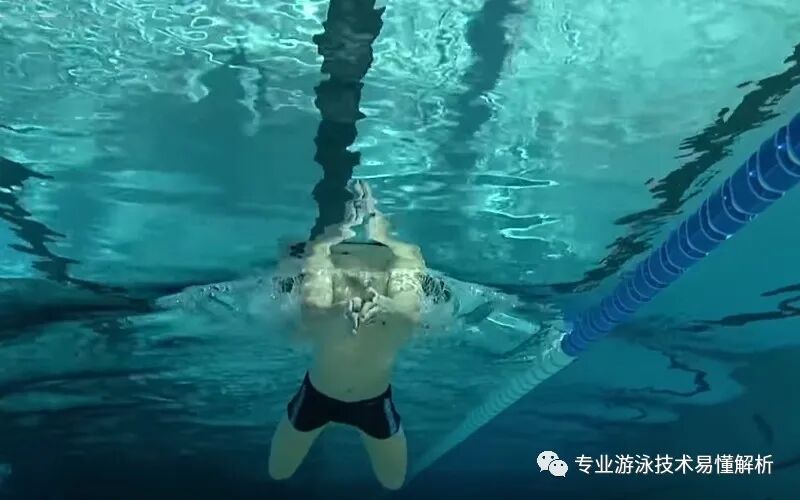
1. Improved Techniques for the Frog Kick Leg Movement
In the villain character from Stephen Chow's film *Kung Fu Hustle*, the actor mastered the "Toad Kick." When lying flat on the ground, his legs nearly touch the surface—this precise posture is key to perfecting the frog kick. By mimicking this position during the recovery phase of the stroke, you’ll minimize the frontal surface area of your legs as they move through the water. Of course, this doesn’t mean you should spread your legs outward into a "toad-like" stance; instead, focus on keeping your thighs as straight and parallel to your body as possible, rather than angling them toward your upper torso. To practice effectively, try holding onto the edge of the pool while performing the frog kick—your thighs should naturally brush against the side. As you gradually reduce that contact with the pool wall, it’s a clear sign that your frog kick technique is improving significantly!
When pulling the legs back during the frog kick, focus on a slow, almost silent retraction. As you bring your knees inward, ensure they remain submerged at a depth lower than your body or belly—this helps minimize the frontal surface area of your thighs exposed to the water, significantly reducing drag. However, this gentle retraction will naturally affect the power of your subsequent kick. For swimmers, it’s crucial to attentively feel the balance between the amplitude of your leg pull-back and the force applied during the kick, ultimately discovering your own optimal technique for this critical phase of the stroke.
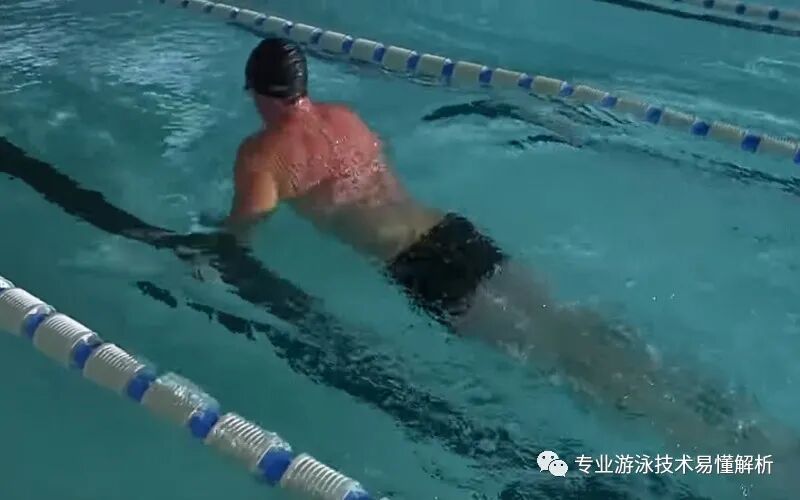
Generally speaking, the breaststroke swimming motion can be roughly divided into three distinct phases: the frog kick propels the body forward, the arms enter the water simultaneously, and the body glides smoothly through the water. If you execute the kick with a powerful push-and-clamp action, lift your shoulders while keeping your elbows tucked in as you enter the water, and maintain a low head position for efficient rigid-body gliding, you’ll undoubtedly achieve better propulsion. However, no matter how well these movements are performed, there’s always a "ceiling" to how much further you can improve your efficiency.
This traditional breaststroke technique often appears stuck in a repetitive cycle—first gliding smoothly, then momentarily pausing or "stalling"—a rhythm that directly hinders both speed improvement and overall technical refinement. Therefore, the real area for enhancement lies in refining the swimmer’s pacing itself. Only by breaking free from the "glide-stall" pattern and carefully distributing the abruptness caused by the kick into a more fluid transition between each phase can swimmers achieve smoother, more seamless connections between gliding and stalling. This approach is key to fundamentally elevating both the speed and precision of breaststroke technique.
Imagine if you were to describe the progression of breaststroke using lines: an upward curve represents gliding, while a downward curve symbolizes stagnation. In the diagram below, Line 1 illustrates the level of a beginner learning breaststroke, Line 2 shows the proficiency achieved after mastering the stroke, and Line 3 depicts the advanced level, characterized by smooth, fluid, and seamless transitions in the breaststroke technique.
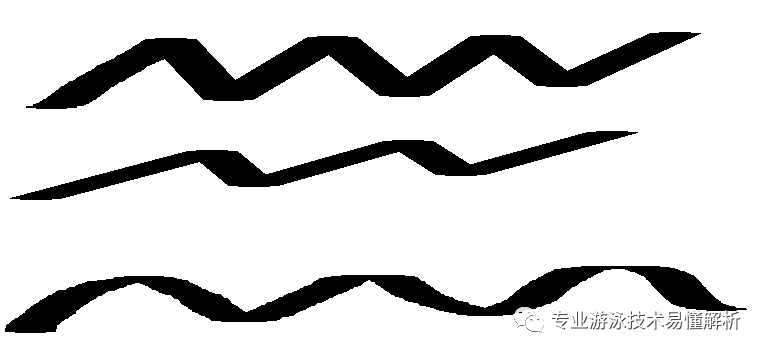
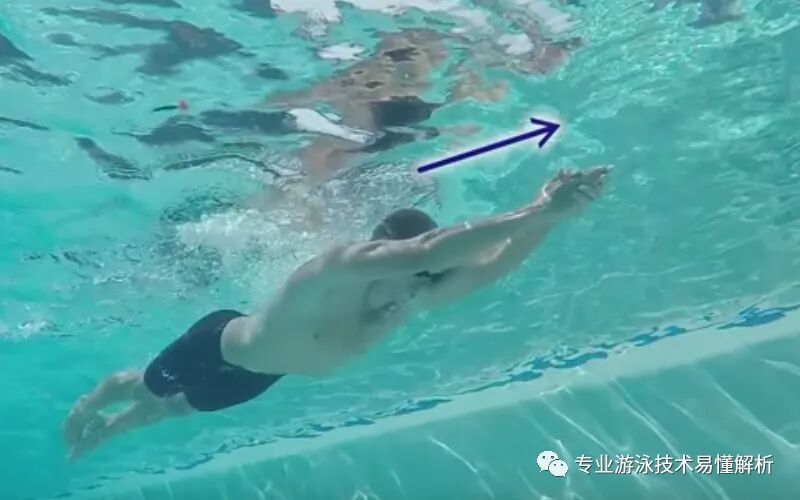
3. The key to smoothly transitioning between strokes in breaststroke lies in mastering the hip-pushing technique.
When performing the frog kick with a flutter kick, your goal shouldn’t be to maximize thrust—but rather to transfer that thrust more naturally into the streamlined entry phase of the swim. Excessive or overdone propulsion will only increase frontal water resistance, ultimately negating any potential benefits. Specifically, in terms of technique, focus first on helping your body enter the water as quickly as possible, rather than expending all your energy by forcefully kicking backward against the water.
When performing the frog kick and glide, gently push downward through the water while consciously and actively lifting your hips upward. Simultaneously extend both arms forward to create a sharper entry angle into the water. After entering, fully relax your frog kicks, engage your core by tightening your abdominal muscles—this will help you glide farther. Remember not to over-glide; instead, initiate the recovery phase by pulling your arms back, bringing your legs together, and releasing tension in your lower back before you feel your legs starting to sink.
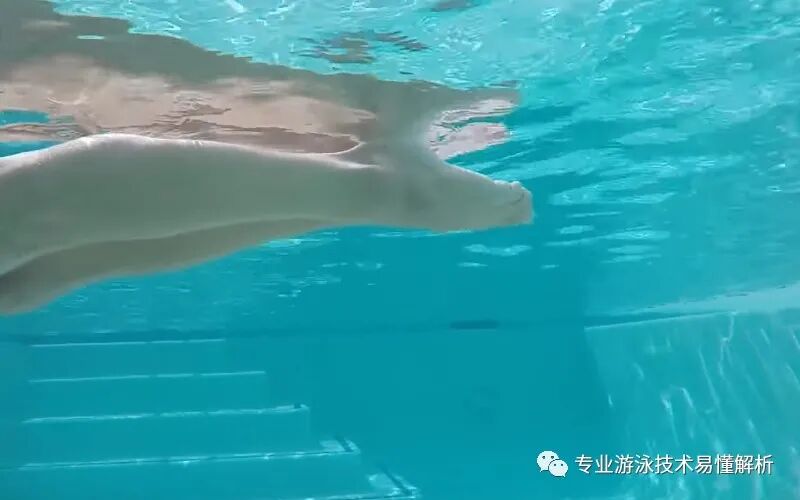
Related Articles
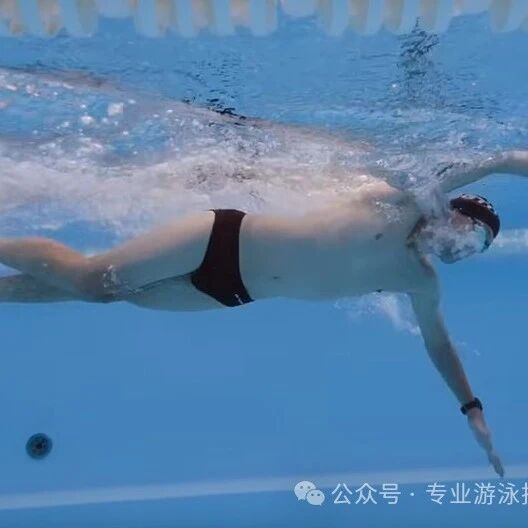
Low power, high-tech skills, and a top-notch mindset—everyone can enjoy relaxed, long-distance swimming.
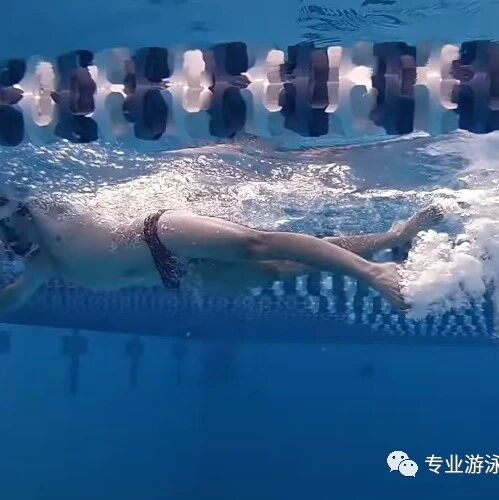
A rigorous practice method for mastering the whip kick, helping you quickly develop an intuitive feel for the water and achieve flexible ankles.
